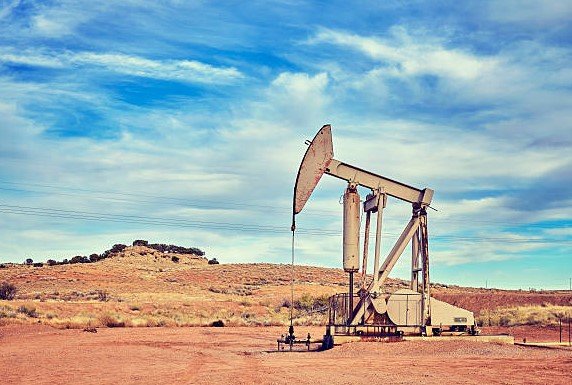Egypt has announced a fresh oil and gas discovery in its Western Desert, boosting the nation’s push for more homegrown energy. The find comes from the North Lotus Deep-1 well, drilled by Agiba Petroleum Company in a joint effort with Italian firm Eni, and it started adding to production right away on August 27, 2025.
Details of the New Discovery
This breakthrough highlights the Western Desert as a key spot for oil and gas hunts in Egypt. The North Lotus Deep-1 well taps into rich reserves, with early tests showing strong output.
The well pumps out about 1,835 barrels of crude oil each day, plus 7 million cubic feet of natural gas. Together, that equals around 3,100 barrels of oil equivalent per day. Experts estimate the site holds about 5 million barrels of recoverable oil equivalent, which could grow with more checks.
Minister of Petroleum Karim Badawi called this a win for Egypt’s plan to cut imports and ramp up local supply. He noted that such finds draw more funds into the area, helping the economy.
This discovery fits into a wave of recent energy wins in Egypt, like earlier strikes in the Gulf of Suez and Nile Delta that have added thousands of barrels daily.
Breakthrough in Drilling Methods
For the first time in the Western Desert, teams used horizontal drilling to reach the tough Masajid Deep layer. This method cracks open hard-to-get reserves that old vertical wells could not handle well.

In the North Rosa field, this new horizontal well pulls out 7 million cubic feet of gas and 550 barrels of oil equivalent per day. That is six times more than what vertical wells got from the same layer before.
The Masajid layer sits deep, over 11,000 feet down, with low flow rates in the past. Horizontal drilling lets the well snake through the rock, grabbing more resources.
This tech success opens doors for similar work across Egypt’s deserts. It shows how new tools can turn tricky spots into big producers.
Industry watchers say this could spark more horizontal projects, much like recent advances in places like Texas or Saudi Arabia.
Here are key gains from the horizontal approach:
- Boosts output by up to six times.
- Cuts costs over time by reaching more reserves per well.
- Lowers the need for many vertical drills, saving land and effort.
Impact on Egypt’s Energy Output
The new well lifts Egypt’s total production, helping meet growing needs at home. Agiba Petroleum now averages 26,000 barrels of crude oil and 77 million cubic feet of gas daily.
That adds up to over 40,000 barrels of oil equivalent per day from their operations. With this discovery, the company strengthens its role in Egypt’s energy mix.
Egypt aims to become a regional energy hub, exporting more gas to Europe and Asia. Recent deals, like those with European buyers, show this shift after big Mediterranean finds.
Yet, challenges remain, such as global price swings and the need for steady investments. This Western Desert win helps buffer against those issues.
| Key Production Figures | Daily Output | Equivalent (BOE) |
|---|---|---|
| Crude Oil from New Well | 1,835 barrels | N/A |
| Natural Gas from New Well | 7 million cubic feet | About 1,265 BOE |
| Total from New Well | N/A | 3,100 BOE |
| Agiba Overall Crude Oil | 26,000 barrels | N/A |
| Agiba Overall Natural Gas | 77 million cubic feet | About 13,900 BOE |
| Agiba Total | N/A | Over 40,000 BOE |
Investments and Future Plans
Agiba poured $404 million into projects this year, funding drills and tech upgrades. Eni, as a partner, drives much of this cash flow.
Francesco Gaspari, head of Eni’s Egypt unit, said they see huge promise in the region. Plans include more wells and scaling up in the coming months.
This ties into Egypt’s broader strategy, with over $5 billion in foreign energy investments last year. Recent events, like the Egypt Energy Show in February 2025, highlighted such partnerships.
Tharwat El-Gendy, Agiba’s chairman, shared that stable output and new tech keep them competitive. He pointed to growth in similar desert areas.
Environmental Steps Forward
A new water treatment plant now handles waste from production, reinjecting it into old reservoirs. This cuts pollution and saves fresh water in the dry desert.
Such moves align with global calls for cleaner energy practices. Egypt has pledged to lower emissions, as seen in its COP27 hosting in 2022 and ongoing green projects.
By reusing water, Agiba sets an example for other firms, blending growth with care for the environment.
If this story sparks your interest in Egypt’s energy future, share it with friends or drop a comment below on what you think about these discoveries.
